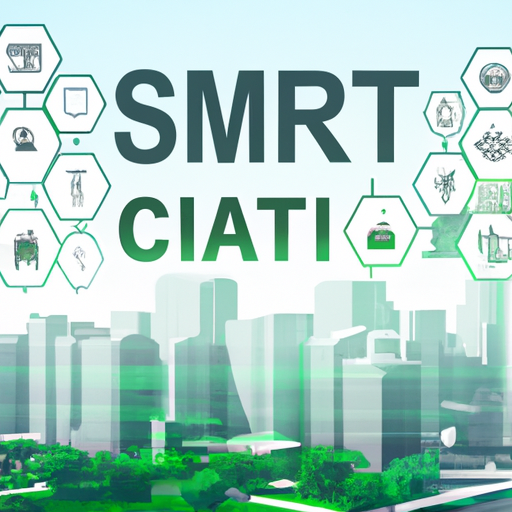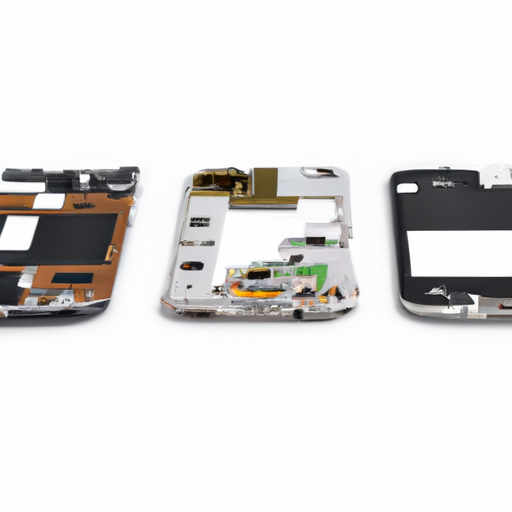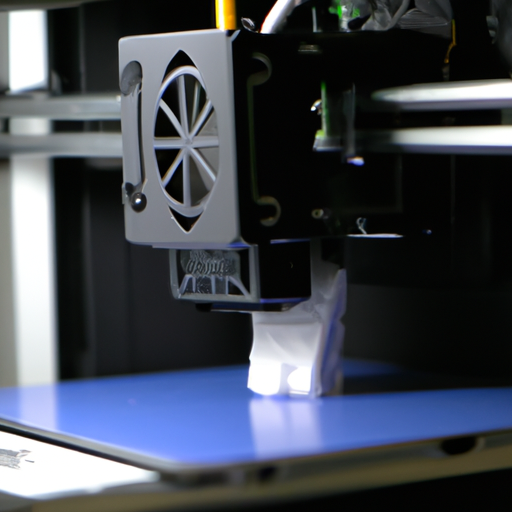As the world continues to grapple with the consequences of climate change, the demand for clean technology, or clean tech, has never been higher. Clean tech encompasses various innovative solutions aimed at reducing environmental impacts and enhancing energy efficiency. In 2023, numerous groundbreaking clean tech innovations are emerging, promising to shape a more sustainable future.
The Rise of Renewable Energy Sources
One of the most significant clean tech trends is the rapid advancement of renewable energy technologies. Wind, solar, and hydroelectric power are leading the charge in the shift away from fossil fuels:
- Solar Energy: With continued advancements in photovoltaic cells, solar panels are becoming more efficient and affordable. Innovations such as thin-film technology and solar skins are making installations more accessible, even for residential areas.
- Wind Energy: Offshore wind farms are expanding and utilizing larger turbines, capturing more energy and generating cleaner electricity for millions.
- Hydroelectric Innovations: Traditional hydroelectric power is evolving, with small-scale and run-of-the-river projects ensuring a minimal environmental footprint while providing clean energy.
Energy Storage Technologies
Energy storage has always been a crucial component of clean tech, allowing for the efficient use of renewable energy. In 2023, innovations in battery technology, particularly lithium-ion and solid-state batteries, are making energy storage more reliable and scalable:
- Solid-State Batteries: These batteries offer higher energy density, longer life cycles, and enhanced safety compared to traditional lithium-ion batteries, making them ideal for electric vehicles (EVs) and renewable energy applications.
- Grid-Scale Storage Solutions: Innovative technologies like pumped hydro storage and advanced flywheels are being deployed to stabilize power grids and ensure a consistent energy supply from intermittent sources.
Circular Economy and Waste-to-Energy Technologies
Clean tech is not limited to energy generation; it also extends to efficient waste management practices:
- Waste-to-Energy Facilities: These facilities convert non-recyclable waste materials into usable energy through various processes, significantly reducing landfill use and carbon footprint.
- Circular Economy Initiatives: Companies are increasingly adopting circular economy practices, focusing on reducing waste by reusing materials and designing products for a longer lifecycle.
The Role of Artificial Intelligence and IoT
Artificial intelligence (AI) and the Internet of Things (IoT) are pivotal to optimizing clean tech solutions:
- Smart Grids: AI algorithms analyze energy consumption patterns, helping utilities manage supply and reduce costs efficiently.
- Smart Home Devices: IoT devices help homeowners monitor their energy use in real-time, allowing for smarter consumption choices that lead to lower utility bills and a reduced carbon footprint.
Conclusion
As we look forward to 2023, the clean tech sector is brimming with innovations that promise to combat climate change and create a sustainable future. By embracing these technologies, businesses and individuals can play a vital role in reducing their environmental impact and contributing to a greener planet. From advancements in renewable energy to efficient waste management and AI optimizations, the path to a sustainable future is clearer than ever.
Stay tuned to our blog for more updates on clean tech innovations and how you can be part of the solution!




